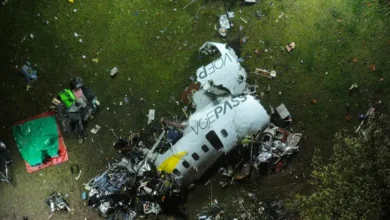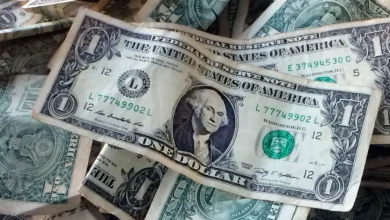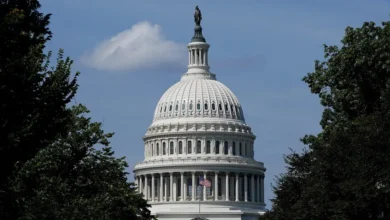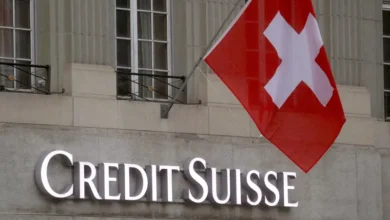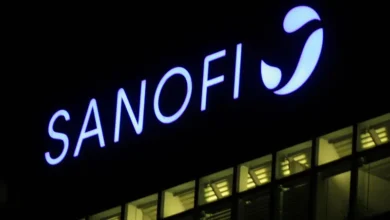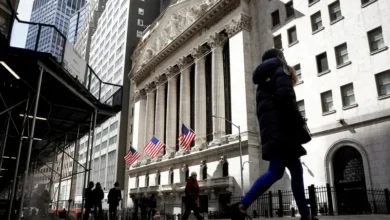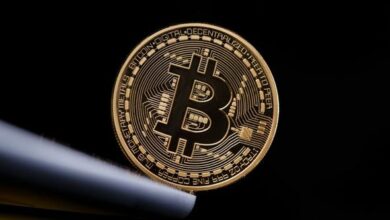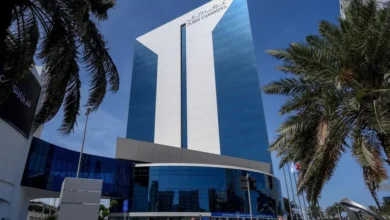Is the worst over for Sri Lanka’s economic crisis?
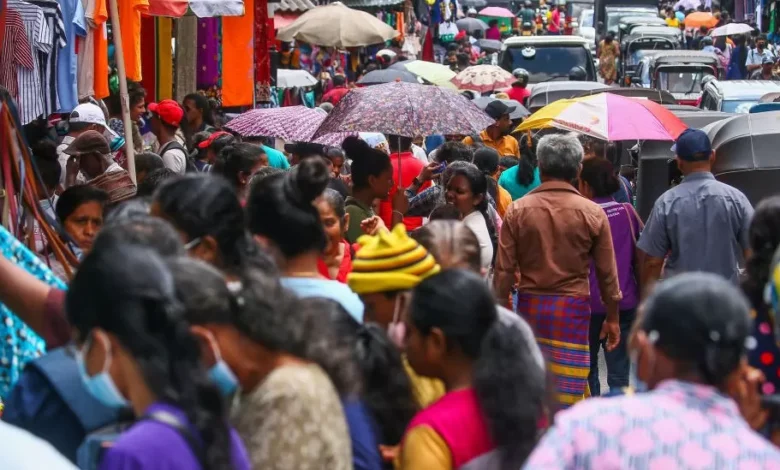
At first glance, life in Sri Lanka’s financial capital Colombo looks deceptively normal.
Roads are packed with traffic, public spaces and restaurants are full of both locals and tourists, while shops are bustling.
It is hard to imagine that just a year ago, this was a country struggling with massive shortages after it ran out of foreign currency.
With no money to buy fuel, roads were empty with even public transport at a standstill. Sri Lanka had to go back to pandemic-era measures such as online classes and working from home. But even this was not practical because of power cuts – some of which went on for up to 13 hours a day.
Food, medicine and other essentials were also in short supply, exacerbating the crisis. People had to stand in such long queues in the brutal heat, that at least 16 people – mainly the elderly – died.
But now, just a year later, food, fuel and medicine are available again, offices, schools and factories are all open, and public transport is back up and running.
Restaurants, especially high-end ones, are bustling.
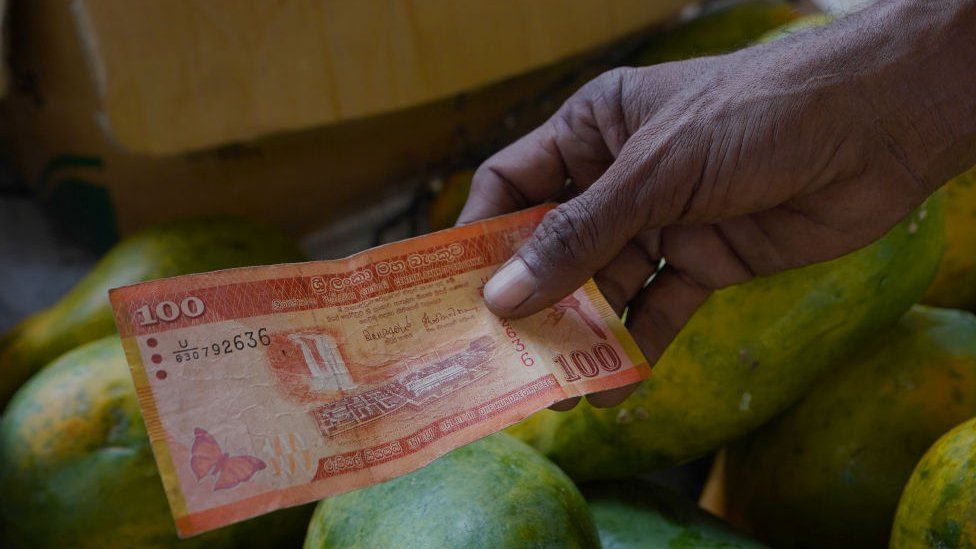
“Last year this time I was on the verge of selling my restaurant. We had to close for a few days as the shortage of fuel meant no customers were coming. But now footfall has gone up nearly 70%,” said Chathura Ekanayake who runs a fine dining restaurant in Colombo.
The country’s main source of foreign currencies – tourism – is also witnessing a revival. The industry has recorded a 30% jump in revenue from the previous year.
“The recovery has been magical for us. Last year we didn’t even know if the country would survive”, said Hiran Cooray, CEO of Jetwings Symphony, a leading travel and hospitality player in Sri Lanka.
Despite these good news stories, Sri Lanka’s economy is still in a precarious place.
The country still has more than $80bn (£61.1bn) of debt – both foreign and domestic. In the worst of the crisis last year, the country defaulted on its foreign debt for the first time in its history.
Ranil Wickremesinghe who took charge as President after widespread protests saw then-ruler Gotabaya Rajapaksa resign, has managed to secure a lifeline of $2.9bn from the International Monetary Fund (IMF).
This has been crucial to opening other funding channels and easing shortages, but the money came with strict economic and governance policy reforms. The country is now seeking to restructure terms of its debt payments with both foreign and domestic lenders, as mandated by the IMF.
The main focus has been on restructuring its $36bn of foreign debt. This includes more than $7bn of loans from China, Sri Lanka’s largest bilateral creditor.
However, it is the restructuring of domestic debt that is likely to have a much bigger impact on the Sri Lankan people. Domestic borrowing accounts for around 50% of the country’s total debt. Sri Lanka’s cabinet recently approved a domestic debt restructuring proposal, but it has drawn massive criticism as it aims to cut workers’ pensions, while banks will not be affected. There have been protests against the proposals in Colombo.
It highlights that while life may seem to have returned to normal, in reality people are still struggling.

Essentials are available, but unaffordable for many. Things are more expensive than ever before. Almost half of all Sri Lankan families spend about 70% of their household income on food alone. And prices of food, clothing and housing are continuing to rise.
To add to the burden, income tax has been hiked to as much as 36% and subsidies on everything from food to household bills have been removed.
One area where this has had a huge impact is electricity bills, which have soared by 65% after the subsidy was removed.
“Many families from the middle class have now slipped below the poverty line,” said Malathy Knight, a senior economist with private think tank Verite Research.
And according to the World Bank, this is likely to continue for a while.
“Poverty is projected to remain above 25% in the next few years due to the multiple risks to households’ livelihoods,” it said in a report. The organisation has extended a $700m loan to Sri Lanka for budgetary support, including $200m for the poor and vulnerable.
This is a dramatic fall for a country that was long held up as an economic success story and had one of the highest average incomes in South Asia. The quality of its infrastructure, its free public health and education systems and its high levels of social development have all been held in high regard.
So how did things get so bad?
The government blamed the crisis on the Covid pandemic, which badly affected tourism. However, although the pandemic was a factor, disastrous economic policies were more to blame. Populist moves like big tax cuts in 2019 cost the government $1.4bn in annual revenues. And a move to ban imports of chemical fertilisers in 2021 caused a domestic food shortage.
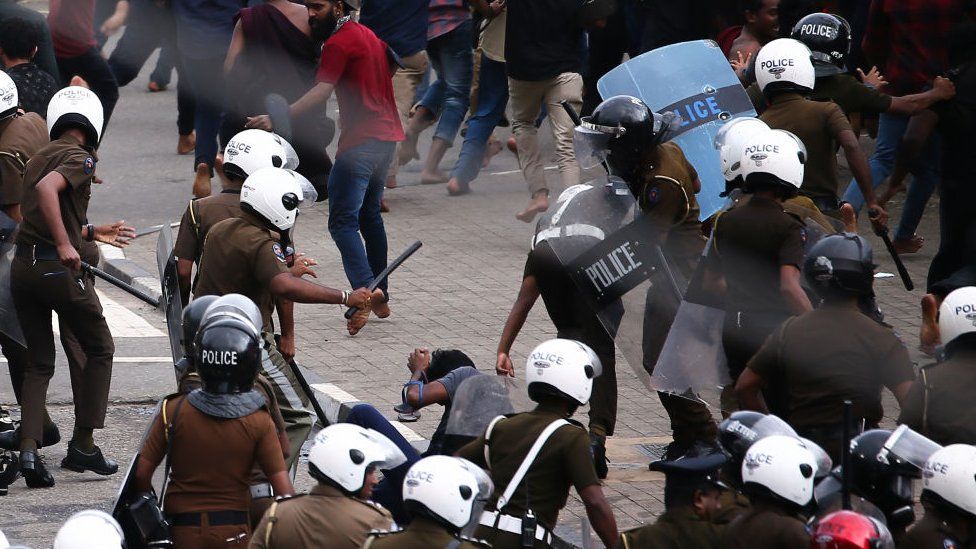
In order to cut expenses further the government has proposed privatising state-owned enterprises like Sri Lankan Airlines, Sri Lankan Insurance Corporation and Sri Lanka Telecom. This has triggered a fresh wave of protests – this time by trade unions.
“The government should not put the burden of the reforms on the salaried class and middle class who are already affected by the economic crisis,” said Anupa Nandula, the Vice President of the Ceylon Bank Employees Union.
Mr Nandula and his union participated in a recent demonstration against the proposal to privatise the Sri Lankan Insurance Corporation. He believes privatisation will lead to massive job losses and further burden the working class.
Ever since last year’s demonstrations were violently broken up, Sri Lankan authorities have been using force – such as tear gas, water cannon and even beating protesters. But experts warn that this is not a tactic that can work.
Rather than using force, the government needs to be transparent and explain that reshaping the economy will be tough, says Bhavani Fonseka, a constitutional lawyer working with Centre for Policy Alternatives.
“I think people since the crisis has happened have gotten used to a harder lifestyle. But in the absence of information coming, in the absence of answers being given, there is growing uncertainty and fear that we will go back to a crisis point.”
